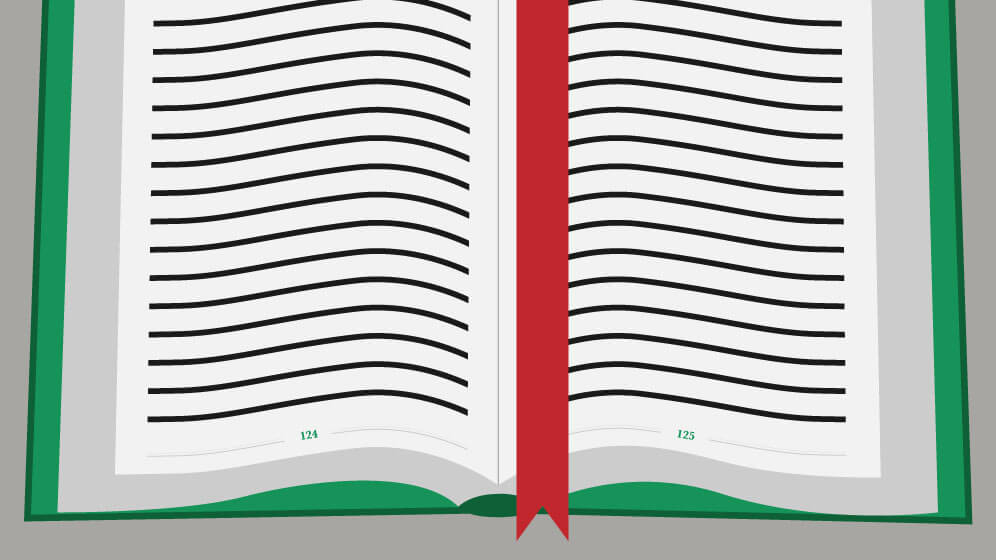Overcoming the challenge of WYSIWYG printing with the CKEditor 5 Pagination feature

Having only just released the Export to PDF and Export to Word premium features, our improvements to the CKEditor 5 WYSIWYG (What You See is What You Get) editor keep on coming.
Once you’ve finished writing, editing, and collaborating on your content, it’s time to convert it into one of the popular document formats. But how can you be sure your multipage document will save, look and print the same way as it appears in your WYSIWYG editor UI? The answer to your problem is our new Pagination feature – it takes care of just that WYSIWYG printing challenge!

Simple pagination in a WYSIWYG editor
The Pagination feature offers numerous functionalities that are specifically designed to help content creators be more efficient, productive and structured in their workflows.
How does the Pagination feature work?
The feature is amazing in its simplicity. It ensures that the page breaks in the final file are placed exactly as they’re shown on the screen, so you can monitor the output precisely.
This placement is calculated using intelligent algorithms, which effortlessly handle the complexity of images and tables (for example, it avoids breaking table cells). It also respects any user-made page breaks inserted manually, with the Page Break feature.
Value-added benefits built into the feature
The CKEditor 5 Pagination feature also introduces dedicated document navigation toolbar buttons, that allow you to easily:
- Go forward to the next page
- Back to the previous page, or
- Move straight to a selected page.
In addition, it shows you the total page count and displays a graphic representation of the page breaks within the content, accompanied by page numbers. This is a more intuitive way of working with paged content and it provides an immediate preview of the document’s outcome, which in turn, helps when you’re planning the document structure and layout, as well as aiding the overall editing process.

If you plan to store your content in document files or intend to print it, WYSIWYG printing with the CKEditor 5 Pagination feature is an absolute must-have solution to improve your document workflow and maximize productivity.
Easily create and print document templates by combining features with the Pagination plugin
When developing our products, we always work closely with our customers and community – by responding to any requests and needs they’ve expressed.
For example, by coupling Restricted Editing, with other features, such as Pagination and Export to PDF or Word, you can easily create document templates that have a clear, unchangeable, predictable structure and page divisions that look exactly the same when either printed (e.g. with a laser printer) or exported (as a PDF).
Here’s an example scenario:
- Imagine you need to create a template for a document with a predefined structure, with some editable fields that the end user can fill/complete.
- You define it in your WYSIWYG editor, divide the document into pages as appropriate, restrict editing to selected fields, and make it available to the user.
- Thanks to the Pagination feature, it’s now clear where the page breaks are and the document instructions can direct the user to selected page numbers.
- After the document is filled, it can be exported to PDF or printed for a sign-off — and the final structure is exactly the same as the user sees it on the WYSIWYG editor’s screen.

Pagination feature availability
Currently, the Pagination feature is only available for the CKEditor 5 WYSIWYG editor. Because it’s a premium feature, it’s not included in any of the builds and needs to be installed and configured.
Please refer to the CKEditor 5 Pagination documentation to find out more about the feature, and learn how to set it up.
Try the Pagination feature in your application
Like our other premium features – Real-time collaboration, or Export to PDF and Word – Pagination is available for hassle-free testing. You can access a commitment-free CKEditor Premium Features 30-day free trial that includes Pagination and other complementary features like Track Changes and Comments.
Just sign up for the trial (no credit card needed), and start using it right away! Then you can test, learn, and delve into the end-user and developer guides to get the most out of the software, and produce the best results in your content.
Share your feedback
Both CKEditor 5 Pagination and Export to PDF and Word are must-have features if you’re trying to overcome the challenge of WYSIWYG printing. We’re curious to hear what you think after you’ve tried it out. Don’t hesitate to reach out and share your thoughts with us!
NOTE: Since this is a premium feature that requires a commercial license to use, contact us for a custom-tailored offer to best suit your needs.


